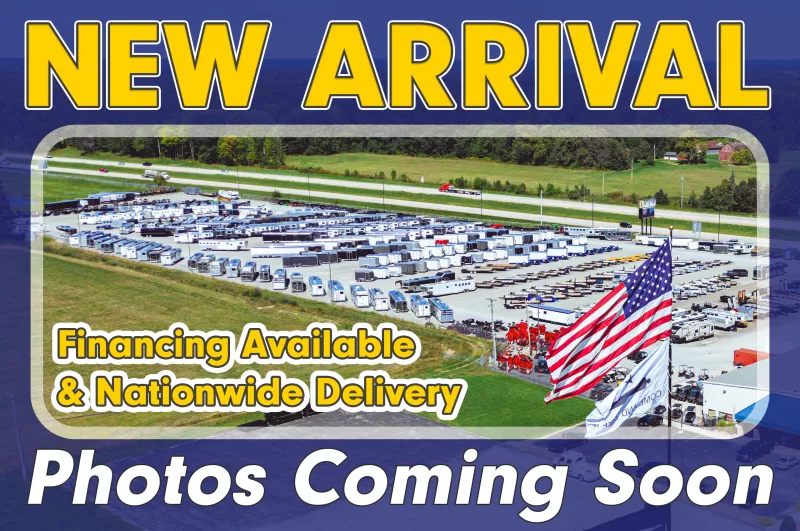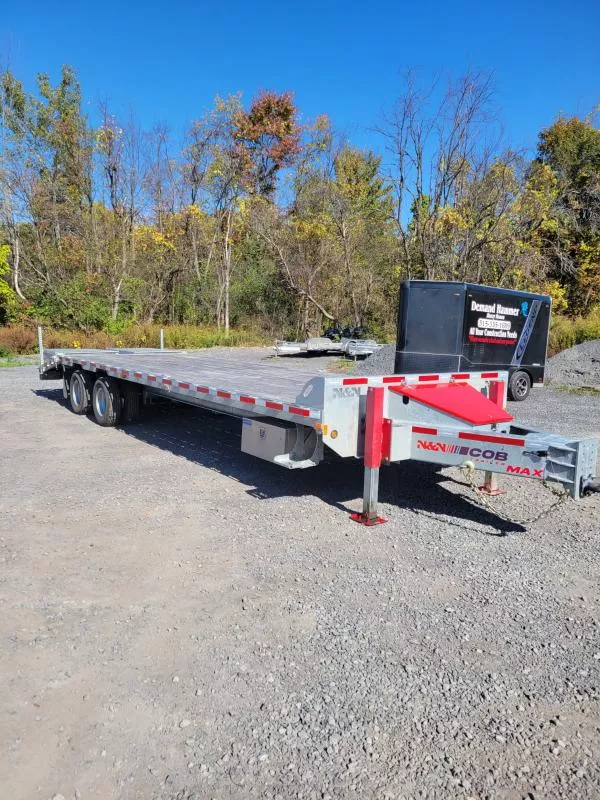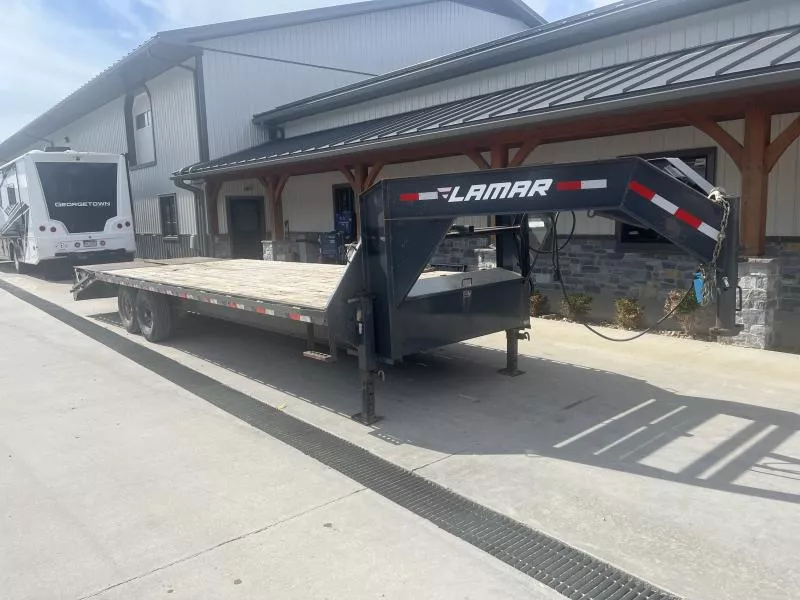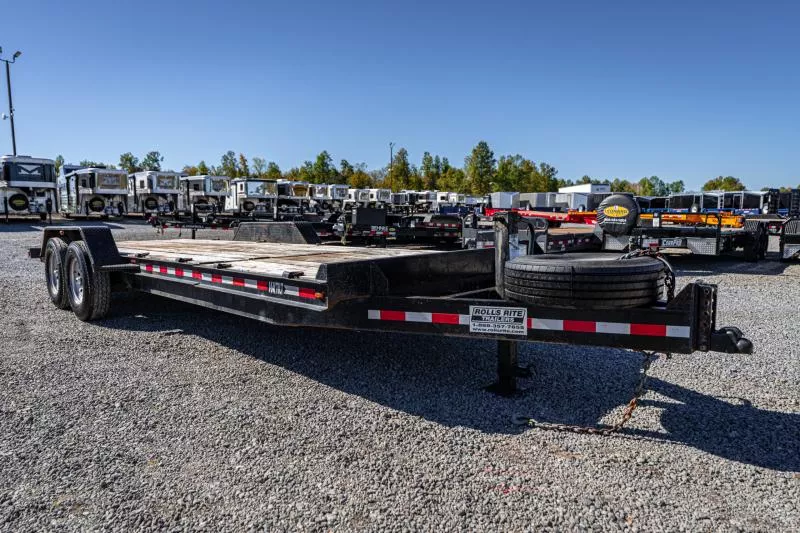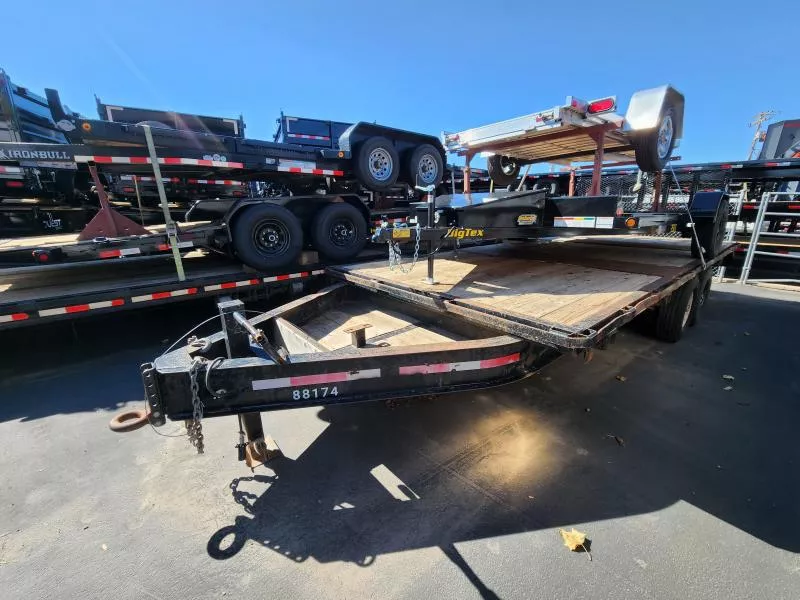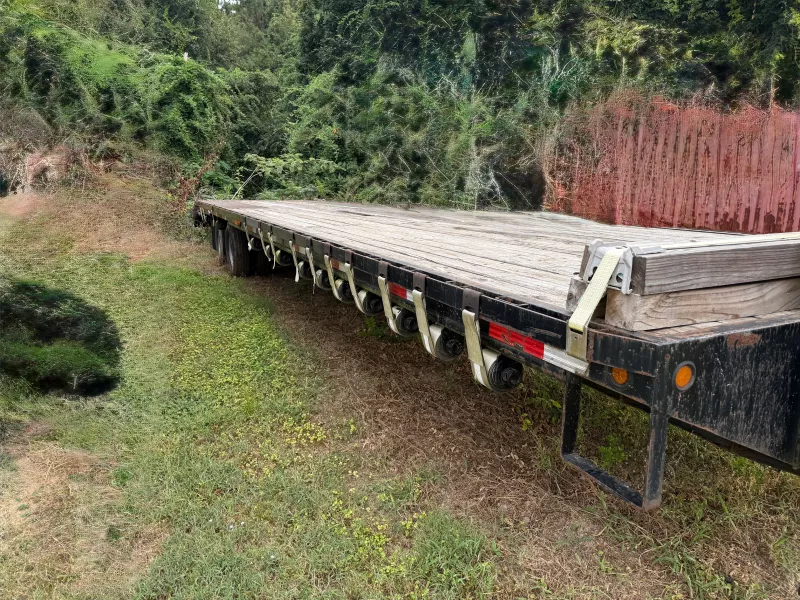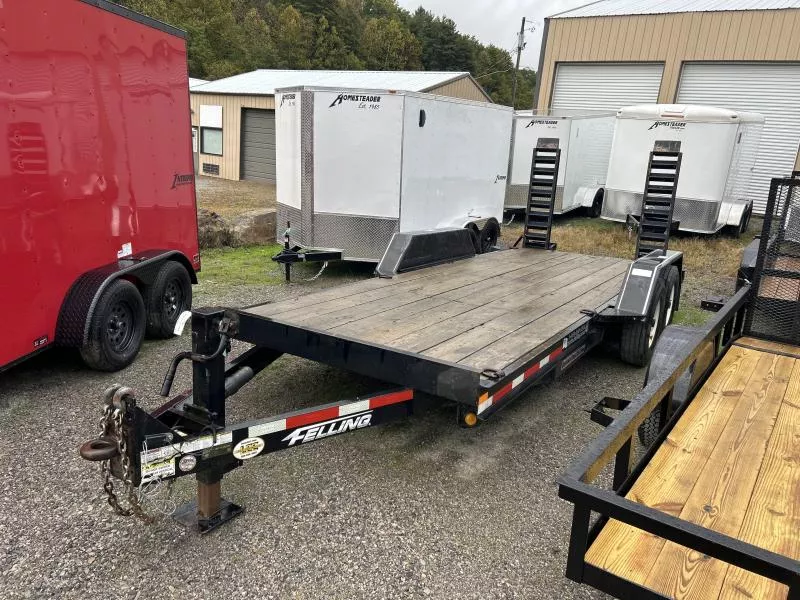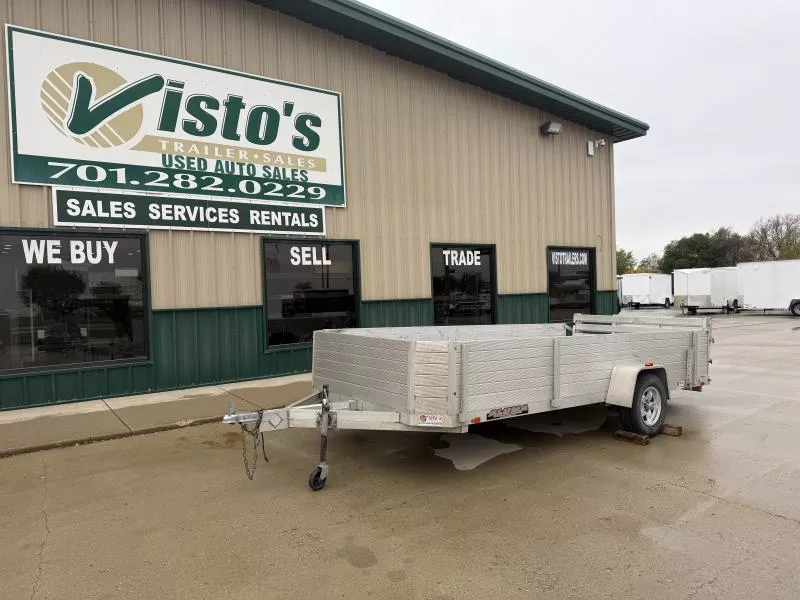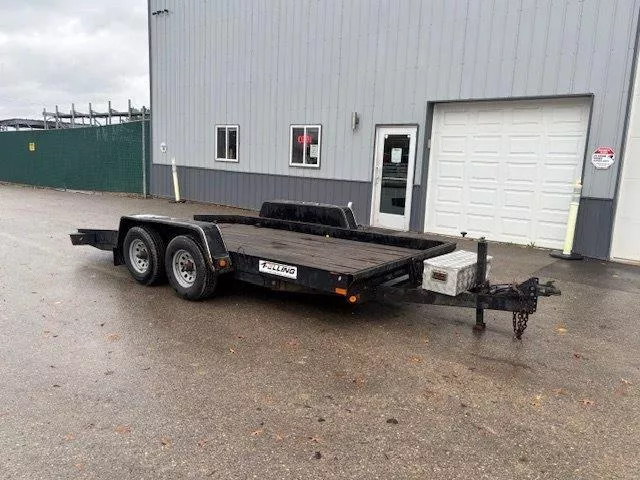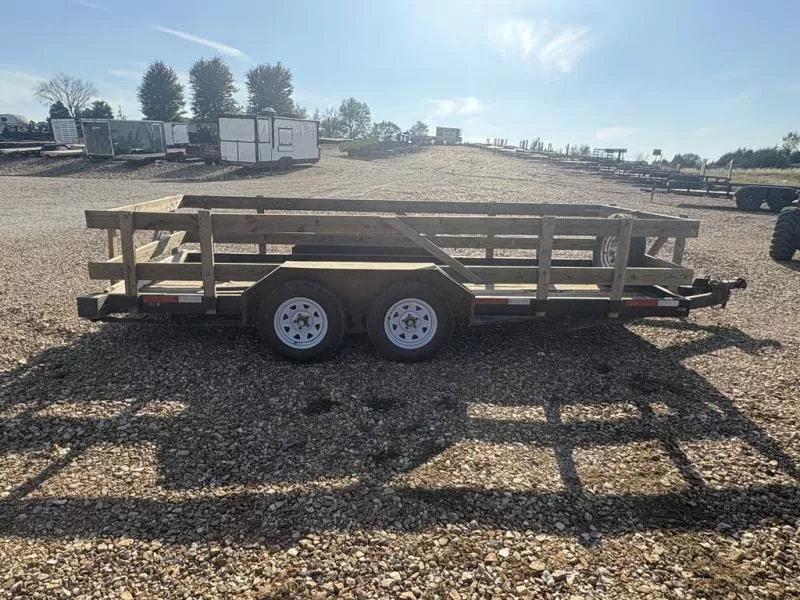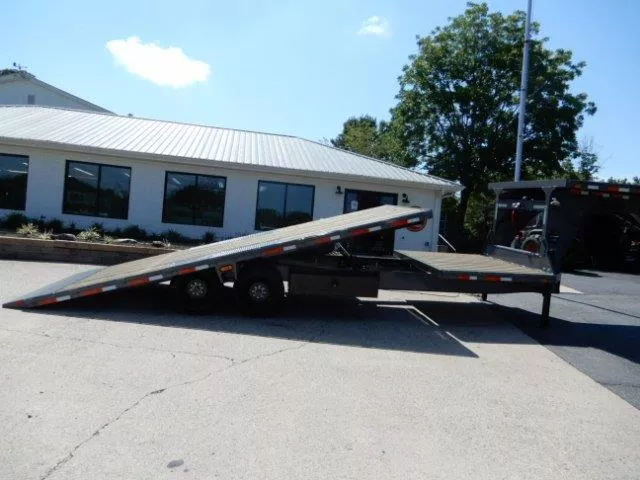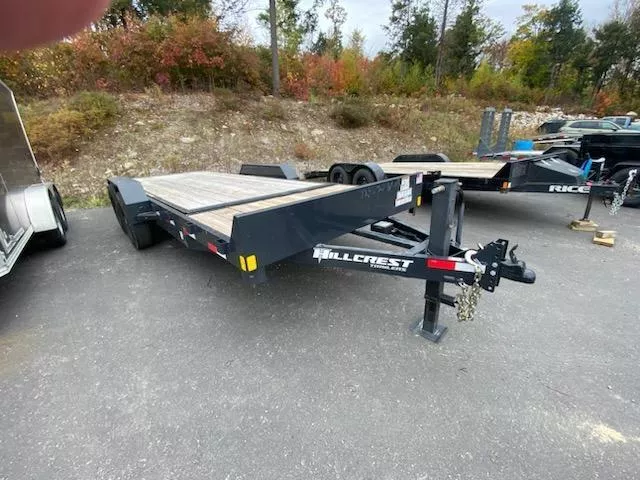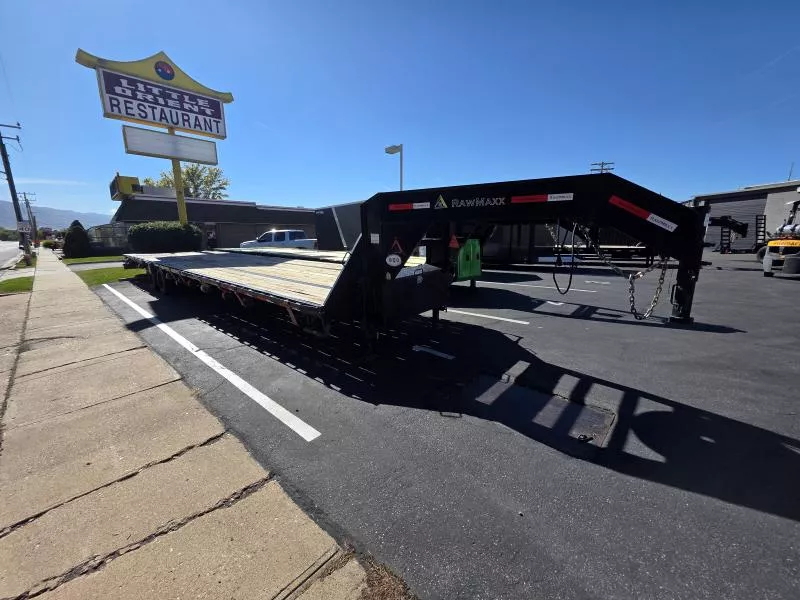Used Equipment / Flatbed Trailers for Sale
Discover 425 trailers of popular models like Equipment / Flatbed Trailers from leading manufacturers like Big Tex Trailers, Sure-trac, Diamond C Trailers and more. Start browsing now and connect with trusted dealers and private sellers.
This 2023 Iron Bull gooseneck equipment trailer by Norstar is 102" wide by 25' long. It uses a 10" L-beam...
N&N 30 ft. equipment hauler is a heavy-duty, flatbed trailer manufactured by N&N Remorques, designed for transporting heavy machinery, agricultural...
USED Lamar 102X26' Gooseneck Deckover Trailer 14000# GVW 12" I BEAM * 8' SLIDE OUT RAMPS * FRONT TOOLBOX * DUAL JACKS * RUBRAIL/STAKE POCKETS/PIPE SPOOLS * SPARE TIRE * CHARCOAL in Irwin, PA
The workhorse. This model provides a beefier I-beam frame over our lighter models, while keeping the overall design light and...
SUPER DUTY TANDEM AXLE EQUIPMENT TRAILER The 16ET Super Duty Tandem Axle Equipment Trailer from Big Tex has a generous...
ROLLS RITE COMMERCIAL DUTY 16000 GVWR LOW PROFILE GRAVITY TILT BED TRAILER WITH 7K DEXTER ELECTRIC BRAKE AXLES 17 FT...
Stock #: MI4527 MODEL: 2006 USED 20' Big Tex Deckover \Financing is NOT AVAILABLE for Used Units\ * Specs *...
Available for immediate purchase is a well-maintained 2016 40 ft Mega Ramp 12K axle Amera Trail Hotshot Trailer, complete with...
2015 Felling Trailers *Used 2015* 20ft 12.5K Stand Up Ramps Equipment Trailer in Coeburn, VA
\Used 2015\ 20ft 12.5K Equipment Trailer by Felling Wood Floor 16" Tires Brakes all 4 stand up ramps vadlr4841
Check out this Used 2015 Aluma 78"x14' Utility Trailer available at Vistos Trailer Sales in West Fargo, ND. Stock #127949U...
USED 2009 Felling 79" x 16' Tilt Equipment Trailer (9,990 GVWR) Recent trade that still has a lot of life...
76X16 HMDE CAR TRAILER, 7K GVW, RAMPS, BOARD SIDE EXT, BLACK
Diamond C 8.5X26' Equipment, 20' Tilt, 6' Stationary USED DET208 2025 in Cumming, GA
Our Price is for Cash, Check or Debit Card; Please add 3% for credit cards \\\\Please call for more information...
USED CornPro 7X18' 12,000 GVW Equipment Trailer * STAND UP RAMPS * STAKE POCKETS AND RUBRAILS * D-RINGS * in Irwin, PA
USED CornPro 7X18' 12,000 GVW Equipment Trailer \ STAND UP RAMPS \ STAKE POCKETS AND RUBRAILS \ D-RINGS \ WEIGHTS:...
2025 Hillcrest Trailers 7X16+4 16K Tilt Deck Equipment Trailer w/Stationary Front Deck in Turner, ME
2025 Hillcrest 7X16+4 16K Tilt Deck Equipment Trailer w/Stationary Front Deck Vehicle Details Year: 2025 Make: Hillcrest Trailers Model: 16164SPT...
Stock #: MI4529 MODEL: 2023 USED 40' Gooseneck Rawmaxx Flatbed Trailer \Financing is NOT AVAILABLE for Used Units\ * Specs...

